Reducing uncertainty in land surface model projections
Background
It is uncertain how much CO2 will be taken up by the land under climate change, with a wide range of possible futures captured across climate models. Perturbing parameters within the UK Land Surface Model (JULES) suggests this uncertainty may be even wider, and it is unclear whether the land surface will overall be a carbon source or sink under different futures. Better constraints on the uncertainty of this component is key for reducing uncertainty in climate projections.
When running simulations of land surface models, there are many drivers of output uncertainty. Model simulations can be computationally expensive, and statistical or machine learning emulators are commonly used as an approximation, allowing the high-dimensional input and output spaces to be more fully explored, and enabling calibration of inputs to be more feasible. This project will build on past work calibrating land surface models, with a focus on projections of land carbon uptake under climate change scenarios.
PhD Opportunity
The overarching aims of the project are to reduce uncertainty in simulations of land surface models under future emissions scenarios, to better understand whether the carbon sink is negative/positive, and the implications this has for future climate. To do so, the project will train emulators for efficiently exploring the model output, for use in calibration to observations, and for future projections. The project will combine emulation and calibration, but within each of these areas there are many potential avenues:
1) Emulation: across large numbers of unknown parameters, across boundary conditions, across future emissions scenarios, or across all these unknowns at once. Training emulators in large input spaces, and across multiple related time series outputs is non-trivial and may require novel methodology, building on existing statistical and machine learning approaches. Training emulators to coupled versions of the model is challenging due to computational expense but may be achievable via multi-level emulation techniques.
2) Calibration: history matching is a powerful technique to identify ‘good’ versions of model inputs, but which outputs we emulate and calibrate to, and how we define structural error (differences between model-world and reality that can’t be removed by tuning) will affect future projections, and work is required to properly account for this. Within this, the project could gain an understanding in how sensitive future projections are to inputs and the assumptions we make during calibration.
Regardless of the route taken, this project will feed into better understanding and constraint of uncertainties relating to future projections of the carbon cycle, whilst advances in methodology will be applicable to other environmental problems.
The project will be led by Dr James Salter (Exeter), with co-supervision from Dr Doug McNeall (Met Office) and Dr Katie Dagon (NCAR), both of whom have extensive experience working with land surface models.
Applicant Profile
Students with a strong background in mathematics, statistics or another quantitative subject, with an interest in climate or environmental problems. Experience coding in R or Python would be beneficial.
Other information
Emulation/calibration: https://agupubs.onlinelibrary.wiley.com/doi/full/10.1029/2020MS002217
For JULES: https://gmd.copernicus.org/articles/17/1059/2024/gmd-17-1059-2024.html




